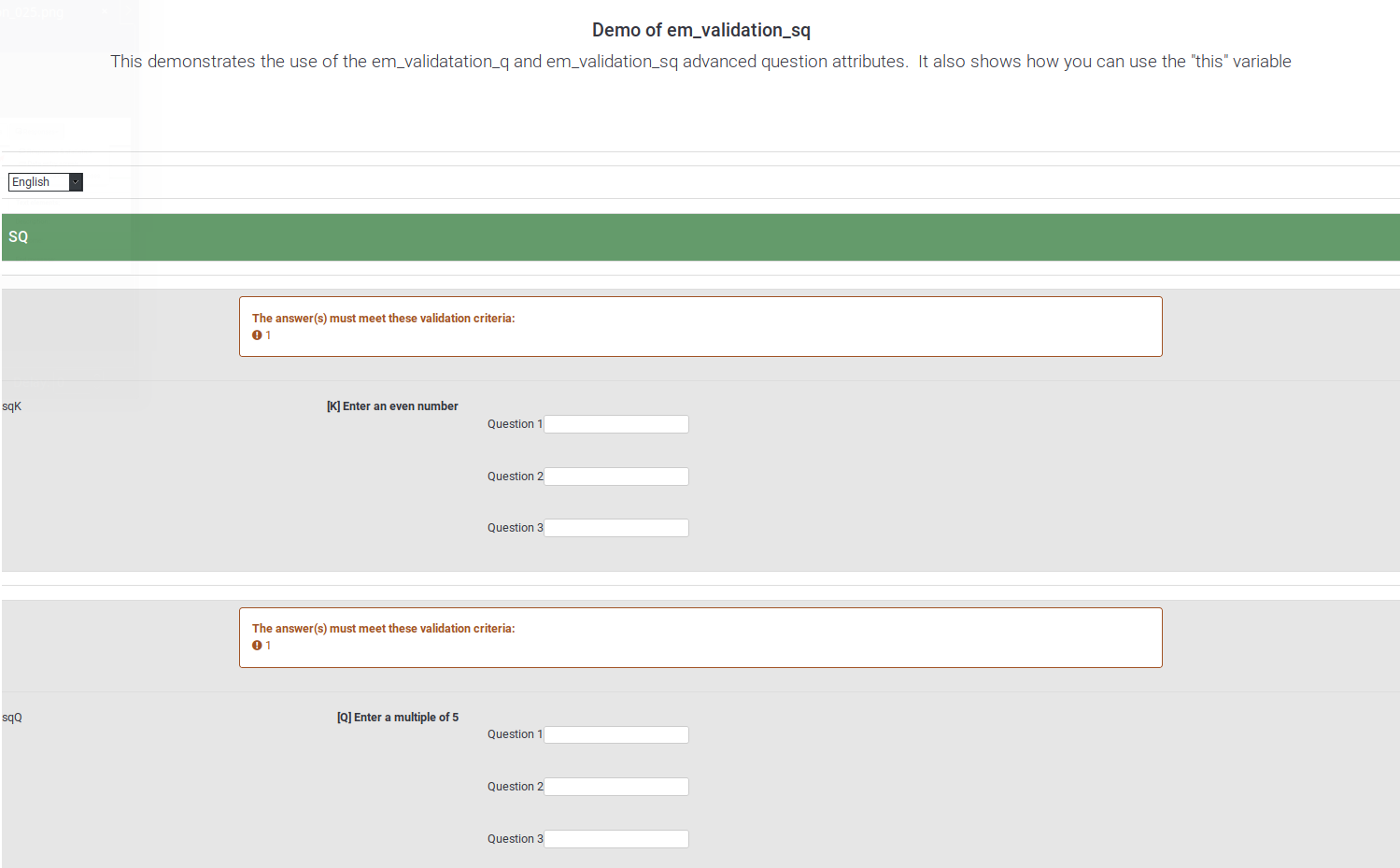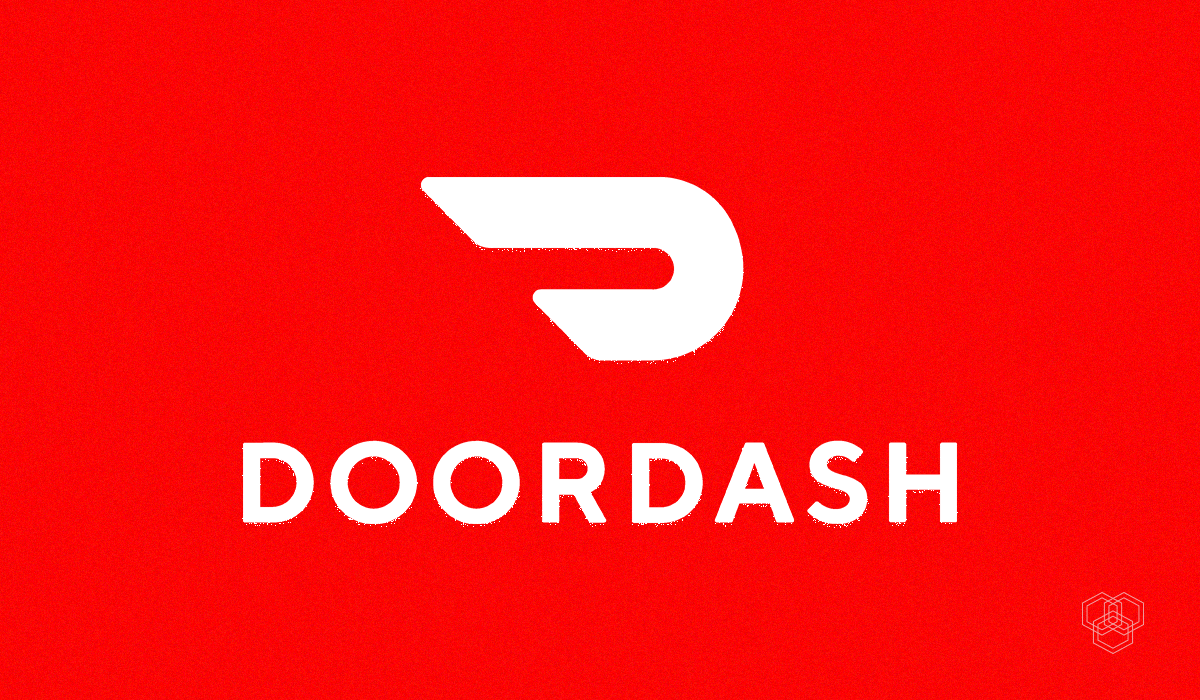
In an increasingly digital world, the convenience of subscription services has transformed how we consume everything, from entertainment and news to everyday retail items. What started as a simple way to access premium content or curated goods has rapidly evolved into a complex web of recurring charges, often quietly draining our bank accounts without us even realizing it.
Indeed, you might be spending a lot more on subscriptions than you think. The average consumer now juggles nearly five retail subscriptions and close to five paid streaming subscriptions. The real kicker? Consumers underestimate their actual subscription costs by a staggering average of $133 a month, or $1,596 per year, according to a study by C+R Research. Even worse, the same poll revealed that 42% of people had stopped using a subscription but completely forgot they were still paying for it.
This phenomenon highlights a critical need for vigilance and smart management. While the allure of a ‘subscription management app’ seems like a silver bullet for this modern dilemma, promising to track and cancel those pesky payments for you, it’s crucial to look beneath the surface. Are these apps truly the solutions they claim to be, or do they introduce new complexities, security risks, and even additional costs? Let’s delve into some common approaches and specific apps that you might want to reconsider before handing over your financial keys.

1. **General Subscription Management Apps (Security & DIY)**Many of these apps present themselves as the ultimate solution to subscription fatigue, yet their fundamental function is something you can effectively do yourself for free: reviewing your account statements to identify recurring charges. While it’s true that many people let these charges go unmanaged, nearly half of all consumers are quite adept at knowing when and how to cancel a subscription. A 2021 survey from Deloitte even found that 46% of people who used streaming services had canceled at least one in the previous six months, with 43% canceling the same day they decided they no longer wanted the service.
However, for those who aren’t as quick to hit the cancel button, a subscription manager *could* serve as a reminder, theoretically saving you the hassle of poring over each financial account. But this convenience comes with a significant trade-off: security risk. These apps often require you to share loads of sensitive information, from bank account numbers and credit card details to various passwords. This data is then stored in the app’s database, creating a major security vulnerability.
Furthermore, it’s not just the app itself that gets access. Most apps utilize cookies to track user behavior, including web browsing data. In-app advertisers and other third-parties, like Plaid (a tool commonly used to link bank accounts to various apps), will also track and store your user information. This means your personal financial data isn’t just with one company, but potentially shared across multiple entities, multiplying the points of potential exposure.
While many mobile banking apps now include similar budgeting tools, they are often nearly identical to those offered by subscription managers. These tools are also only effective if you commit to linking all your financial accounts and diligently label and track your spending categories. The perceived convenience of a third-party app must be weighed against the very real risks and the fact that diligent self-management remains the most secure and free option.
2. **Truebill (now Rocket Money)**Truebill, rebranded as Rocket Money, garnered recognition as one of Forbes’ 50 most innovative fintech companies in 2021. It offers basic services for free, allowing users to track recurring transactions, but places its premium features behind a flexible paywall. Crucially, if you opt for the free service, you’ll still need to cancel your subscriptions manually, which defeats part of the app’s core appeal for some users.
Setting up Truebill involves downloading the app and linking a checking account from one of its 15,000 partnered banking institutions. While the app allows you to choose your monthly payment amount for premium services, it’s important to note that a $0 option exists for basic features. However, even for the unpaid service, you may be required to provide your Social Security number and grant limited power of attorney, raising significant privacy concerns for many.
The free service does include monthly tracking of your VantageScore 3.0 credit score. Yet, like many of its features, accessing this requires additional authorization, such as a soft credit pull. This means you’re giving away more personal data even for services that appear to be free. The core value proposition of Truebill often lies in its premium services, which can range from $3 to $12 per month.
With a premium subscription, you gain access to budgeting tools, a monthly credit report, and critically, the service of Truebill agents who will contact providers to cancel subscriptions on your behalf. Additionally, bill negotiation is available, but if successful, you’ll pay between 30% and 60% of the first year’s savings. This means you’re paying for a service that leverages your sensitive data, and then taking a significant cut of any savings it achieves, which may not always be the most cost-effective solution in the long run.

3. **Hiatus**Hiatus offers its platform via both a web browser and a dedicated app for Android and iOS users. Its core subscription monitoring service is free, and there’s no charge to use its budgeting tool, which helps track spending based on user-selected categories. This accessibility and initial free offering can be attractive to those looking to get a handle on their recurring expenses without an upfront cost.
However, for more hands-on assistance, Hiatus offers a premium service for $10 a month. This upgrade provides access to an agent who can negotiate certain monthly bills and cancel subscriptions on your behalf. While the idea of having an agent handle these potentially tedious tasks is appealing, Hiatus does include a crucial disclosure: negotiations may not always result in an improved payment arrangement. This means you could pay the premium fee without seeing a tangible benefit in bill reduction.
The pricing structure for the premium service can also be a bit perplexing. Users can select their own price point, ranging from $7 to $21 per month, or opt for a flat annual fee of $36. Curiously, similar to Truebill, paying more for the premium service does not translate into receiving additional features. This flexible, yet non-incremental, pricing model can make it difficult for consumers to assess the true value they are getting for their money.
Given that the core monitoring and budgeting tools are free, the $10 a month premium primarily offers agent-assisted negotiation and cancellation. For those comfortable with managing their finances and cancellations themselves, or for whom a negotiation might not yield significant savings, the premium cost of Hiatus might be an expense that doesn’t provide commensurate value.
Read more about: Beyond the Limelight: Deconstructing the Art of the Actor’s Late-Career Comeback in Hollywood

4. **Trim**Trim stands out in the subscription management landscape primarily because it doesn’t offer a dedicated app, requiring users to set up an account directly through its company website. This web-based approach may appeal to some users who prefer not to download additional applications, but it also limits its accessibility compared to app-centric competitors. Subscription monitoring is offered for free, providing an initial entry point for those seeking to identify unwanted services.
Beyond basic monitoring, Trim provides a suite of additional products and services, often for a fee. Its bill negotiation service is a prime example: if Trim successfully negotiates a price reduction on your cable, internet, or phone bills, users are charged a fee equal to 15% of the annual savings. While this is a ‘no win, no fee’ model for the negotiation itself, it means you’re forfeiting a portion of your savings, which you might have achieved on your own with some effort.
Trim also offers a simple savings fund with a 0.001% interest rate, and a 4% annual reward for those with a Trim subscription and a $2,000 balance. Users should be aware that bill negotiation can take up to two billing cycles to reflect a reduced rate. Furthermore, critical services like medical bill negotiation and bank account negotiation are unavailable in several states and Washington, D.C., limiting its utility for some.
A significant concern with Trim is its data sharing policy. The company explicitly discloses that it shares users’ personal information, including income, credit history, account history, and Social Security numbers, with other financial companies and advertisers. Moreover, to allow Trim to communicate with third parties on your behalf for negotiations, you must grant limited power of attorney, appointing Trim as your agent and attorney-in-fact. While Trim does offer some limits to financial liability in the event of unauthorized transactions, the extensive data sharing and legal authorization requirements are considerable factors to weigh against its potential benefits.
Read more about: The 10 Legendary WRC Rally Homologations Every Motorsport Collector Needs to Discover Today

5. **PocketGuard**PocketGuard positions itself primarily as a budgeting app that conveniently includes free subscription management features. To begin using it, app users will need to create a profile, often by leveraging existing LinkedIn, Google, or Apple accounts, which may require permitting information sharing from those accounts. This initial step of integrating with social or tech giants can be a point of consideration for privacy-conscious individuals.
Users then have the option to link their financial accounts to utilize a broader array of financial tools. Alternatively, for those with security concerns or a preference for manual input, you can opt not to link accounts and instead enter subscription information manually. This flexibility is a positive, allowing users to choose their comfort level with data sharing, though manual entry, by its nature, demands more time and effort.
Free accounts with PocketGuard come with recommendations aimed at helping users reduce subscription costs and other bills. However, if PocketGuard successfully negotiates a rate reduction on a user’s behalf, the app charges a fee equal to 40% of the savings. This percentage is notably higher than some competitors, meaning a larger portion of any achieved savings goes directly to the app, rather than remaining in your pocket.
Furthermore, for $7.99 a month (or a discounted annual price), users can upgrade to PocketGuard Plus. This premium tier offers additional financial tools, such as debt payoff tracking for linked accounts. However, it’s crucial to note that this upgrade *does not* provide any additional subscription management services. This means if your primary goal is advanced subscription oversight or agent-assisted cancellation, upgrading to Plus may not offer the value you expect for that specific need.
Read more about: Mastering Your Money: An Essential Consumer Guide to Defeating Subscription Overlap and Creep

6. **TrackMySubs (Manual Entry Apps)**TrackMySubs, an Australia-based company, takes a distinctly different approach from many of its competitors, focusing heavily on manual data input rather than direct financial account linking. This method is central to its unique value proposition. The service allows you to track up to 10 subscriptions for free, with the ability to set how far in advance you wish to receive notifications before a charge is due. This manual system means users maintain complete control over their sensitive financial account numbers and login credentials, as they are never shared with the app. This makes TrackMySubs a potentially appealing solution for individuals with significant security concerns.
However, this emphasis on manual entry also presents a notable challenge: users must personally enter each subscription and its payment due date, regardless of whether they are using the free or a paid version. This process can be quite time-consuming, especially for those with numerous subscriptions. To track more than 10 subscriptions, a fee is required, with prices posted in Australian dollars (AUD), necessitating currency conversion for international users. For example, roughly $3.37 USD provides tracking for 20 subscriptions, $6.74 USD for 50, and $10.11 USD for unlimited subscriptions, all with unlimited alerts.
The company’s website candidly states a fascinating consequence of its manual setup: “Many of our users have told us that just by going through this process they identified subscriptions they didn’t want and canceled them immediately.” This highlights an ironic outcome where the very act of manually tracking, intended to onboard users to the service, often leads to them realizing they don’t need the service at all because they’ve already pruned their subscriptions. In this sense, the process itself becomes the ‘solution’, potentially rendering the app ‘useless’ in its intended ongoing monitoring capacity.
Despite the manual effort, TrackMySubs stands out for its commitment to user privacy, explicitly stating that it does not sell or provide personal data to any third parties. It also offers guides on how to cancel popular services like Netflix. While a Chrome extension was mentioned, its functionality appears to be currently limited. Ultimately, TrackMySubs offers a high level of security and control, but at the cost of significant user effort, which ironically might be its most effective feature for helping consumers get rid of unwanted subscriptions.”
, “_words_section1”: “1942
Having navigated the complex landscape of subscription management apps, it’s clear that while some tools offer convenience, many come with hidden costs or security trade-offs. But what about the services themselves? In the realm of entertainment, particularly streaming, many consumers fall into the trap of paying full price for individual platforms year-round. They often don’t realize there are smarter, more cost-effective ways to access their favorite content. With streaming prices continually on the rise, simply subscribing to each service you want can quickly become as expensive as—or even surpass—a traditional cable bill. It’s time to get strategic. Let’s dive into five popular streaming scenarios where paying for services standalone might be a financial misstep, and how leveraging bundles or existing memberships can unlock significantly better value and content for your dollar.

7. **Walmart+ Includes Peacock for Less**Many consumers seek an alternative to Amazon Prime, and Walmart has stepped up with its own membership service, Walmart+. For $96 annually, this perk offers free shipping, prescription deliveries, and gas discounts; it also includes your choice of either Peacock or Paramount+ (both ad-supported) at no extra cost. This bundling strategy immediately presents a compelling value proposition for those already considering a Peacock subscription.
A standalone Peacock Premium subscription currently costs $110 per year. By opting for Walmart+, you effectively save $14 annually on Peacock alone, while simultaneously gaining access to all of Walmart+’s other benefits. It’s a classic example of how existing memberships can transform a suboptimal standalone purchase into a smart financial move.
The value extends further for specific demographics. AARP members can snag Walmart+ for $40 off, and government assistance program qualifiers can access half-price memberships. However, a limitation exists: the bundle does not currently allow you to upgrade to Peacock’s ad-free plan. You’ll still encounter commercials, a trade-off worth considering if an ad-free experience is crucial.
Read more about: The Streaming Wars Are Over: Unpacking the Bundle Economy, M&A Reshaping Hollywood, and the Future of Digital Entertainment

8. **Instacart+ Includes Peacock for Less**For those whose primary concern is grocery delivery convenience, Instacart+ offers an equally compelling pathway to discounted streaming. At $99 per year, an Instacart+ membership not only slashes delivery fees for groceries and restaurant orders but also thoughtfully includes Peacock’s ad-supported plan as an extra benefit, all without additional charge.
Comparing this to a direct Peacock subscription, which stands at $110 annually, Instacart+ offers an immediate saving of $11 each year. This makes the grocery delivery service a truly dual-purpose subscription. Instacart itself claims the membership pays for itself after approximately two monthly orders, meaning even moderate users of grocery delivery would be ahead, let alone with the added value of an included streaming service.
You secure a popular streaming service for less than its standalone price, all while enjoying practical benefits for your everyday life. However, like other bundled Peacock offerings, the Instacart+ package unfortunately does not provide an option to upgrade to Peacock’s ad-free streaming tier, so prepare for those commercial breaks if you choose this route.

9. **DoorDash DashPass Includes HBO Max for Less**Food delivery services have become a staple for many, and DoorDash’s DashPass offers a prime example of how these memberships can extend beyond convenience to deliver unexpected streaming value. An annual DashPass subscription, priced at $96 per year, comes with a fantastic bonus: HBO Max’s ad-supported plan, completely free of extra charge. This is a significant deal, especially considering HBO Max’s recent price adjustments.
Following its latest price hikes, a standalone annual ad-supported HBO Max plan now costs $110. By leveraging an annual DashPass, you effectively save $14 annually on your streaming entertainment. DashPass itself already provides a suite of benefits, including reduced delivery fees, exclusive restaurant deals, and even discounts on Lyft rides. Even if you’re only a casual user of these delivery perks, the immediate streaming savings make the annual DashPass a worthwhile consideration.
It’s crucial to highlight that this HBO Max offer is exclusive to *annual* DashPass subscriptions; month-to-month plans do not include the streaming benefit. Furthermore, while the ad-supported plan comes free, upgrading to HBO Max’s ad-free experience through DashPass incurs a monthly charge of $11, totaling $228 per year. This figure is notably higher than the $185 per year HBO Max charges for its Standard ad-free plan directly, meaning the DashPass upgrade isn’t the most economical choice unless you are already committed to paying for DashPass regardless.
Read more about: Mastering Mealtime: A Wirecutter Guide to the Fastest and Best Food Delivery Apps of 2025

10. **Kroger Boost Lets You Pick a Disney Service for Less**Grocery megachains are also getting into the streaming game, offering innovative ways to bundle everyday necessities with premium entertainment. Kroger, alongside its affiliated stores like Fred Meyer, QFC, Ralph’s, Smith’s, and King Soopers, offers the Kroger Boost annual membership for $99 per year. This membership goes beyond grocery delivery benefits by allowing you to choose one ad-supported Disney streaming service—Disney+, Hulu, or ESPN Select (formerly ESPN+)—at no additional cost.
The savings here are quite substantial. Individually, both Disney+ and Hulu are priced at $12 per month, while ESPN Select costs $13 per month. Opting for a Kroger Boost membership with one of these included services translates to annual savings of either $45 or $57, depending on your choice, when compared to subscribing to any of these services on their own. This is a powerful demonstration of how smart bundling can significantly reduce your entertainment expenses.
To take advantage of this, simply sign up for a Boost membership through any Kroger-owned store that offers it near you. It’s a straightforward way to trim your budget without sacrificing access to popular content. However, as with many of these value-driven bundles, a consistent limitation exists: the Kroger Boost offer does not permit upgrading to the ad-free versions of Disney+ or Hulu, meaning you’ll be watching with commercial interruptions.
11. **Get $7 Per Month Toward Any Disney Service with a Free Amex Card**For consumers keen on maximizing cash back and rewards, credit cards can serve as unexpected gateways to streaming savings. The American Express Blue Cash Everyday card, with no annual fee, offers a straightforward benefit: cardholders receive $84 in statement credit per year, which breaks down to a handy $7 per month, specifically redeemable towards any Disney-owned streaming service (Disney+, Hulu, ESPN). This offers a flexible and valuable discount.
If your household spends significantly on groceries, you might also consider the Amex Blue Cash Preferred card. While it carries a $95 annual fee after the first year, its primary benefit of six percent cash back on up to $6,000 in annual grocery spending could easily offset the fee and provide even greater overall savings. This card also bumps the Disney streaming credit to $120 per year, or $10 per month, making it an even stronger contender for consistent streamers.
A key advantage of the Amex credit is its flexibility: it applies to both ad-supported and ad-free plans, and can be used for individual services or Disney’s various bundles, even stacking with other discounts. However, there are a couple of catches. You *must* subscribe directly through the Disney+, Hulu, or ESPN websites; the credit won’t apply if you use in-app billing systems like Apple’s or Google’s, or if you’re billed for a bundle through another provider like HBO Max. Also, remember to enroll in the Disney streaming credit separately on the American Express site under ‘Rewards & Benefits’ after activating your card.
As we’ve explored the intricate world of subscription services, from managing recurring charges to strategically acquiring premium streaming content, one truth shines through: vigilance and smart planning are your most powerful allies. The digital landscape offers convenience, but often at a premium, or with hidden terms that can silently drain your finances. Whether it’s the privacy concerns of a subscription management app or the lure of a standalone streaming service, being an informed consumer is paramount.
The examples just reviewed—bundling streaming with everyday services like Walmart+, Instacart+, DoorDash, or Kroger Boost, and leveraging credit card benefits from Amex—demonstrate clear pathways to significant savings. These strategies move beyond simply canceling unwanted subscriptions; they empower you to obtain the content and services you *do* want, but at a dramatically reduced cost.
However, it’s also important to consider if these offers truly align with your habits. Many deals require an annual commitment, tying you into a service for an extended period, and often restrict you to ad-supported versions. If you prefer the flexibility of cycling through streaming services month by month, or simply can’t tolerate ads, you might find more value in other approaches. Seasonal sales, like Hulu’s Black Friday offer of $1 per month last year, or Peacock’s annual deal for $20, can often be cheaper than any annual bundled offer.
Furthermore, always investigate direct streaming bundles offered by the providers themselves, such as Apple TV+ and Peacock, Disney+ and Hulu, or even larger combinations like Disney+, Hulu, and HBO Max. These bundles, while often costing more than a single service, provide a streamlined way to access multiple platforms at a discount compared to buying them individually. Similarly, explore perks from your mobile provider, like Hulu (with ads) free with some T-Mobile plans or Verizon’s Netflix and HBO Max bundle.
Ultimately, the goal isn’t to abstain from subscriptions entirely, but to ensure you’re getting maximum value for every dollar spent. Don’t let the convenience of digital services lead you into financial complacency. Be proactive, examine your statements, compare offers, and always ask yourself: is there a smarter way to get this? By adopting these Lifehacker-approved strategies, you can enjoy your favorite content and services without feeling cheated by an ever-growing pile of recurring bills.



